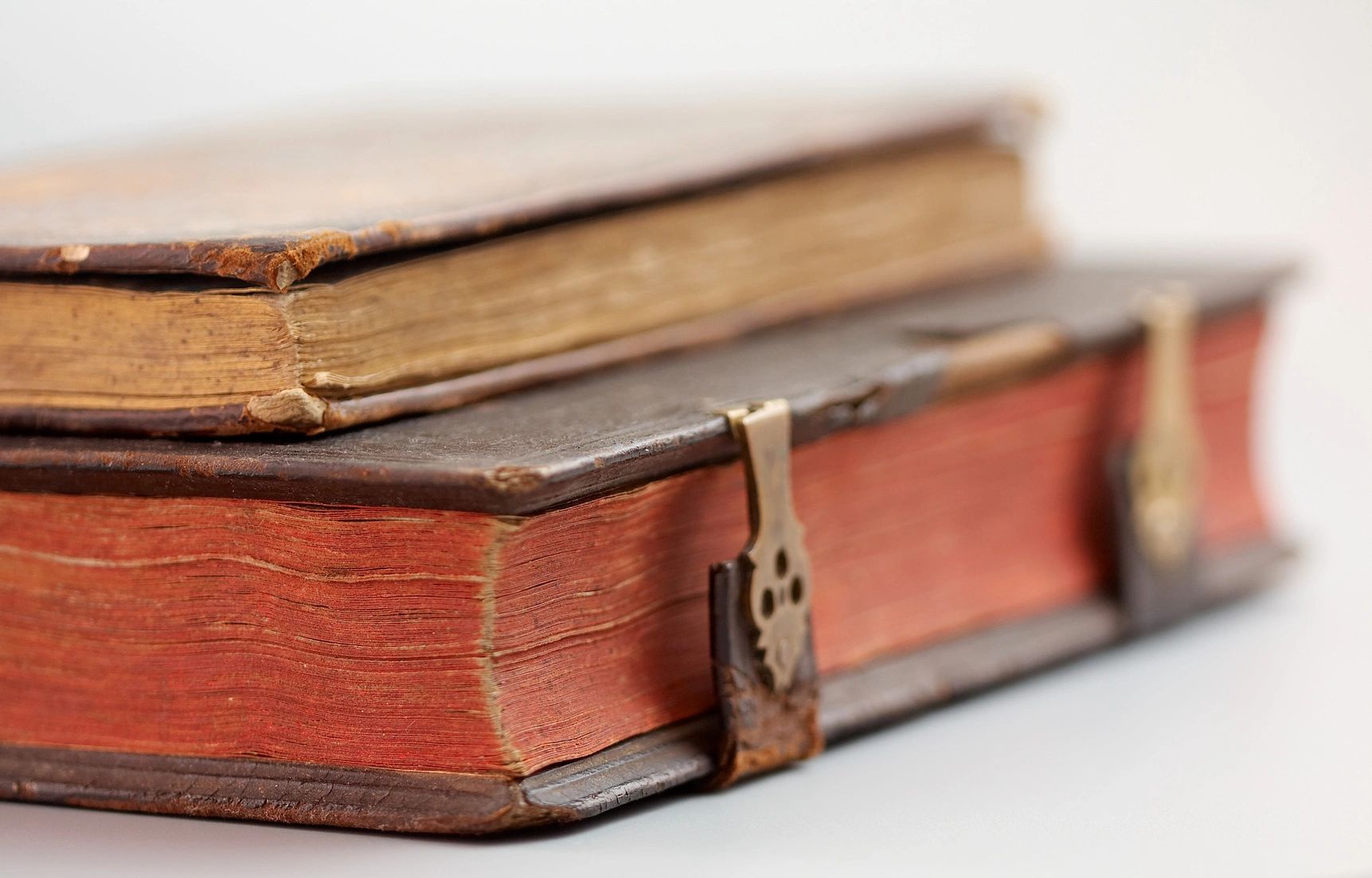In the last post entitled, Why the Supreme Court Gave Judges Absolute Judicial Immunity at the Expense of Our “Guaranteed” 14th Amendment Rights in the Constitution one of the reasons the Supreme court decided to give judges absolute judicial immunity because they decided that Judicial immunity was “the settled doctrine of the English courts for many centuries.”
But was it?
The disciplining of corrupt judges dates back to the early 1200s. Please note the following:
“Corrupt and dishonest judgment complaints have in all ages were made to the King in Star Chamber or to parliament.”7
Mirror of Justices:
“Andrew Home, in his Mirror of Justices (f. 296.) mentions many judges punished by King Alfred before the conquest, for corrupt judgments,and their particular names and offenses”
In the Mirror of Justices, page 169-171, if justices committed smaller sins they would have been disinherited and deposed of for having “released or increased any punishment contrary to law”. Everyone could have for every wrong a commission and writ to the Sheriff to recover damages, “not only the issues of the possessions and fees [that were in dispute], but also costs and charges and compensation for the blemish to their good names”
The Great Charter was referred to in legal cases throughout the medieval period. For example, in 1226, the knights of Lincolnshire argued that their local sheriff was changing customary practice regarding the local courts, “contrary to their liberty which they ought to have by the charter of the lord king”.8 In practice, cases were not brought against the King for breach of Magna Carta and the Forest Charter, but it was possible to bring a case against the King’s officers, such as his sheriffs, using the argument that the King’s officers were acting contrary to liberties granted by the King in the charters. Officers included peacekeepers (or judges) as at that time were merely extensions of the Sheriffs and Constables.9
Early attempts of reinforcing the Charters:
With the reconfirmation of the charters in 1300, an additional document was granted, the Articuli super Cartas (The Articles upon the Charters).10 It was composed of 17 articles and sought in part to deal with the problem of enforcing the charters. Magna Carta and the Forest Charter were to be issued to the sheriff of each county, and should be read four times a year at the meetings of the county courts. Each county should have a committee of three men who could hear complaints about violations of the Charters.11
This is very opposite of what we see today, where judges are allowed to break just about any law.
In the next article, we will discuss What Lord Coke Had to Say About Judicial Immunity.
7 John Vaughan quoted in Verdict According to Conscience: Perspectives on the English Criminal Trial Jury 1200-1800, page 200, by Thomas A. Green
8 Holt, James C. (2008) [1993]. The Ancient Constitution in Medieval England (PDF). Liberty Fund. ISBN 978-0865977099, pp 44-45
9 AIan Harding, “The Origins and Early History of the Keeper of the Peace,” in Transactions of the Royal Historical Society 10 (June, 1959, Fifth series), p. 85, 92, 99, 103
10 Holt, James C. (2008) [1993]. The Ancient Constitution in Medieval England (PDF). Liberty Fund. ISBN 978-0865977099. p. 62
11 Fritze, Ronald; Robison, William (2002). Historical Dictionary of Late Medieval England 1272–1485. Greenwood Press. ISBN 978-0313291241, pp. 34–35.

Thank you for your sharing. I am worried that I lack creative ideas. It is your article that makes me full of hope. Thank you. But, I have a question, can you help me?
Your article helped me a lot, is there any more related content? Thanks!
Can you be more specific about the content of your article? After reading it, I still have some doubts. Hope you can help me.
Your article helped me a lot, is there any more related content? Thanks!